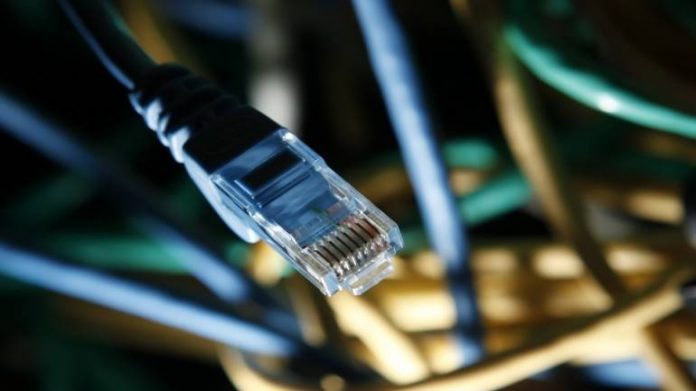Satellite Broadband in India : The Covid-19 pandemic caused by the corona virus took the whole world hostage. All the people were forced to be imprisoned in their homes and office work was also done from their homes.
Due to the complete lockdown for months, people from metros and big cities were forced to do office work from their homes in small towns, towns and villages. Even now many companies have given work from home (WFH) facility to some of their employees. But, there is a crisis of internet availability in the towns and villages. In many areas there is no broadband connectivity or even if it is there, then there is a serious problem of its speed.
Internet will land in the house from space
On the other hand, the work from home culture is likely to gain momentum in the future as well, due to which there is a huge need for high speed internet network in the far flung areas. American industrialist Elon Musk, world famous for his innovative ideas, recognized this opportunity and he formed a company to bring space internet to India. Musk’s Indian company ‘Starlink Internet’ is promising to provide high-speed internet facility across the country. Let us know, how the company will provide Broadband (BFS) facility directly from space…
What is BFS Service?
Broadband from Space (BFS) is a wireless communication system that provides high-speed Internet service to customers’ homes or offices via satellite networks established in space. It is also called satellite broadband. It can provide internet speed up to 300 MB per second (300mbps). However, its initial speed will be 100mbps.
How satellite internet works
Satellite Internet or BFS uses Geo Stationary (GEO) or Low-Earth Orbit (LEO) satellites. Geo means satellite installed in space while LEO means satellite installed in low earth orbit. However, the center of satellite network operation is the Earth Station Gateway installed in a particular area. This gateway connects the satellite network to the net. To receive data from here, the customer needs a User Access Terminal (UT) device and an antenna to connect to the satellite network.
Challenges of BFS
The cost of satellite broadband and service is currently coming to around $ 20 or about Rs 1,500 per GB. One of the major reasons for this is that satcom companies cannot directly lease foreign satellite capacity. They have to resort to DoS for this, so that the cost reaches 10 times the global average rate. If the problems related to government policies are removed and the price of UT devices is reduced, then the broadband rate can come up to Rs 100 per GB. Right now the cost of UT is around $1,000 or about Rs 75,000. To ensure internet cheaper than satellite network, new advanced technology of LEO satellite will have to be introduced. Also, there will be a need for a large increase in the number of customers.
What’s going on in the country right now?
It is expected that the central government will come out with the Spacecom policy by March 2022. Rules will have to be made for grant of license to LEO satellite operators. Also, a portion of the 28 GHz satellite spectrum will have to be reserved for 5G networks. Apart from this, there will have to be clear rules for spectrum bands for satellite UTs and satellite gateways.
Which companies are trying?
Companies like Bharti Airtel-backed OneWeb, Elon Musk’s SpaceX, Canadian company Telesat and Amazon’s Project Kuiper are planning to provide satellite networks in India. These companies will deal with existing telecom companies and internet service providers. American company Hughes is planning to invest $ 500 million in India’s Jio satellite market.


